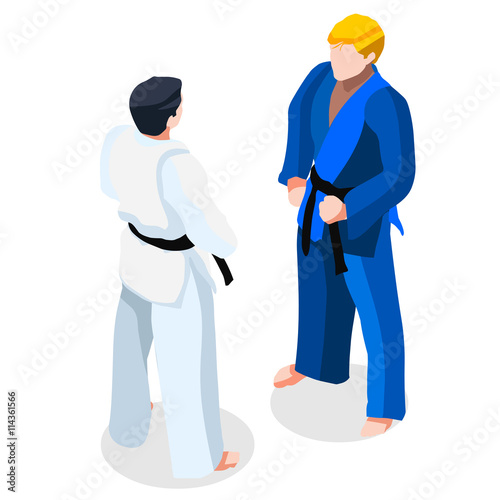Untangling The Mystery Of Multiple Fighting Style Disciplines: An Overview To Martial Arts, Taekwondo, And Much More
Untangling The Mystery Of Multiple Fighting Style Disciplines: An Overview To Martial Arts, Taekwondo, And Much More
Blog Article
Authored By-Stender Haastrup
Are you tired of feeling overwhelmed by the huge globe of martial arts? With many designs to select from, it can be simple to obtain lost in a sea of strikes, kicks, and strange names. Yet worry not!
This discussion will certainly debunk the different martial arts styles, taking you on a trip from the powerful strikes of Martial arts to the vibrant kicks of Taekwondo. Prepare yourself to discover the beginnings, methods, and philosophies behind these old art forms.
So, tighten your belt and prepare to embark on an informing expedition right into the fascinating world of martial arts.
Beginnings of Martial Arts Styles
The origins of martial arts styles can be traced back to ancient people and their need for self-defense and combat methods. Throughout history, various cultures established their own distinct methods of battling, each with its very own collection of methods and ideologies.
In China, for example, fighting styles styles such as Martial art and Tai Chi were developed as a way of self-defense and improving physical and mental well-being.
In Japan, the samurai warriors produced designs like Karate and Judo, concentrating on technique, accuracy, and mastery of the body.
Similarly, in Korea, Taekwondo emerged as a fighting style stressing high kicks, fast movements, and mental stamina.
These very early worlds laid the foundation for the diverse range of martial arts designs that exist today, each with its very own abundant background and cultural value.
Methods and Training Techniques
To understand martial arts designs, experts need to discover different techniques and training approaches.
Methods are the details motions and activities utilized in fight, such as punches, kicks, throws, and obstructs. Various fighting styles styles have their own distinct set of strategies that professionals need to master with extensive training.
Educating methods vary relying on the design, however they usually involve a mix of physical conditioning, drills, sparring, and types.
Physical conditioning is vital to construct stamina, adaptability, and endurance. Drills help experts improve their methods and enhance their speed and accuracy.
Competing enables experts to practice their strategies in a managed, reasonable setting. click for more info , additionally known as kata, are cut-and-dried sequences of activities that help experts create muscular tissue memory and emphasis.
Philosophies and Concepts
Exploring the ideologies and principles of fighting styles designs can provide you with a much deeper understanding of your chosen discipline. Each fighting style has its very own unique viewpoint and collection of assisting principles that form the means it's exercised.
As https://emilianovpefo.blog2freedom.com/33198617/discover-the-10-crucial-qualities-of-a-martial-arts-academy-that-can-improve-your-training-journey , Martial arts stresses discipline, regard, and self-discipline. It educates practitioners to concentrate their minds and bodies, allowing them to defend themselves while keeping a sense of inner peace.
On the other hand, Taekwondo places a strong emphasis on rate, agility, and flexibility. Its principles are rooted in the tenets of politeness, stability, perseverance, self-discipline, and indomitable spirit.
Verdict
Now that you've explored the beginnings, strategies, and viewpoints of numerous martial arts designs, you have a much deeper understanding of these ancient self-controls.
Picture a young karate student, experimenting unwavering decision and emphasis, appearing boards with a powerful punch.
Their trip showcases the dedication and strength needed to grasp a martial art, reminding us that with discipline and perseverance, anything is feasible.
